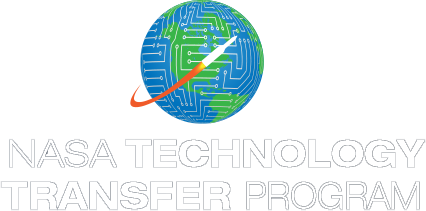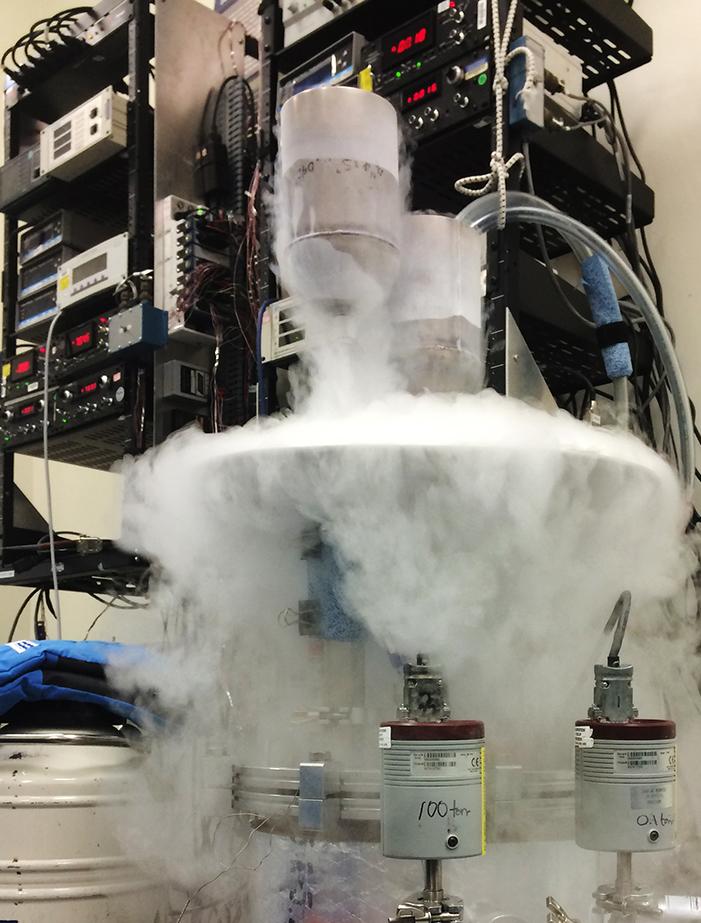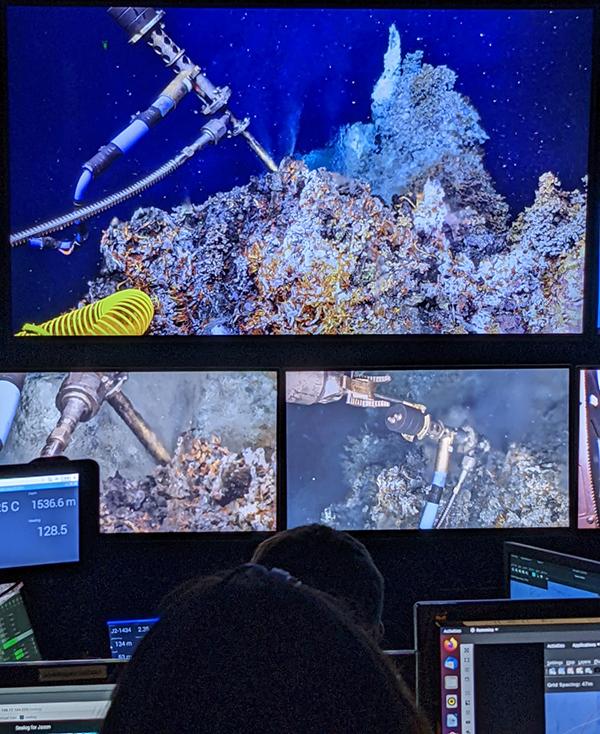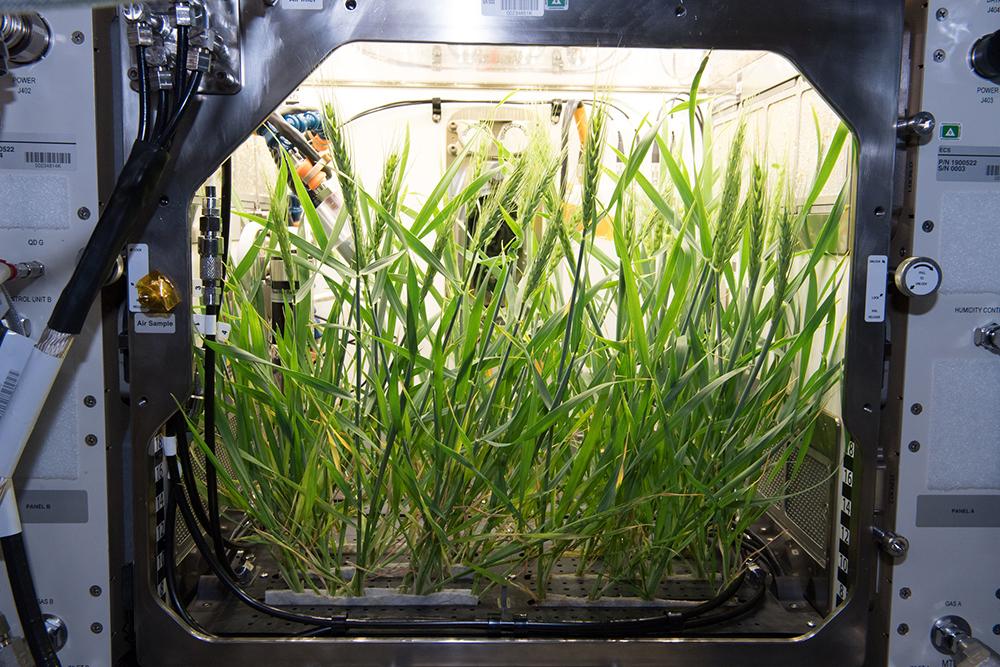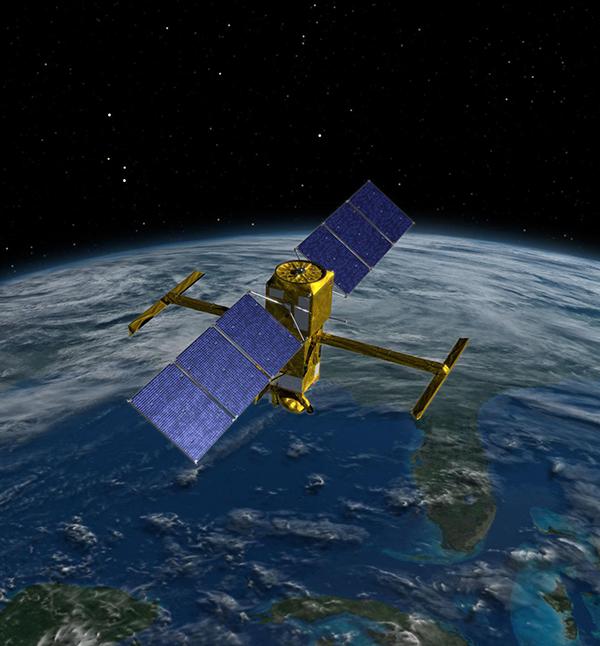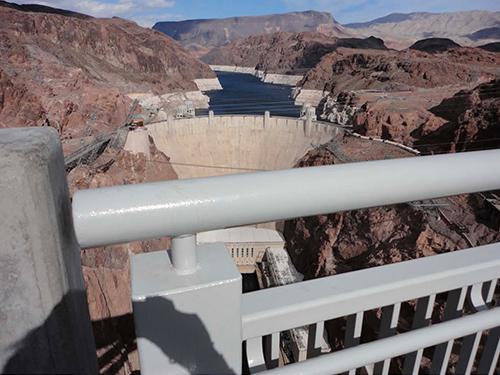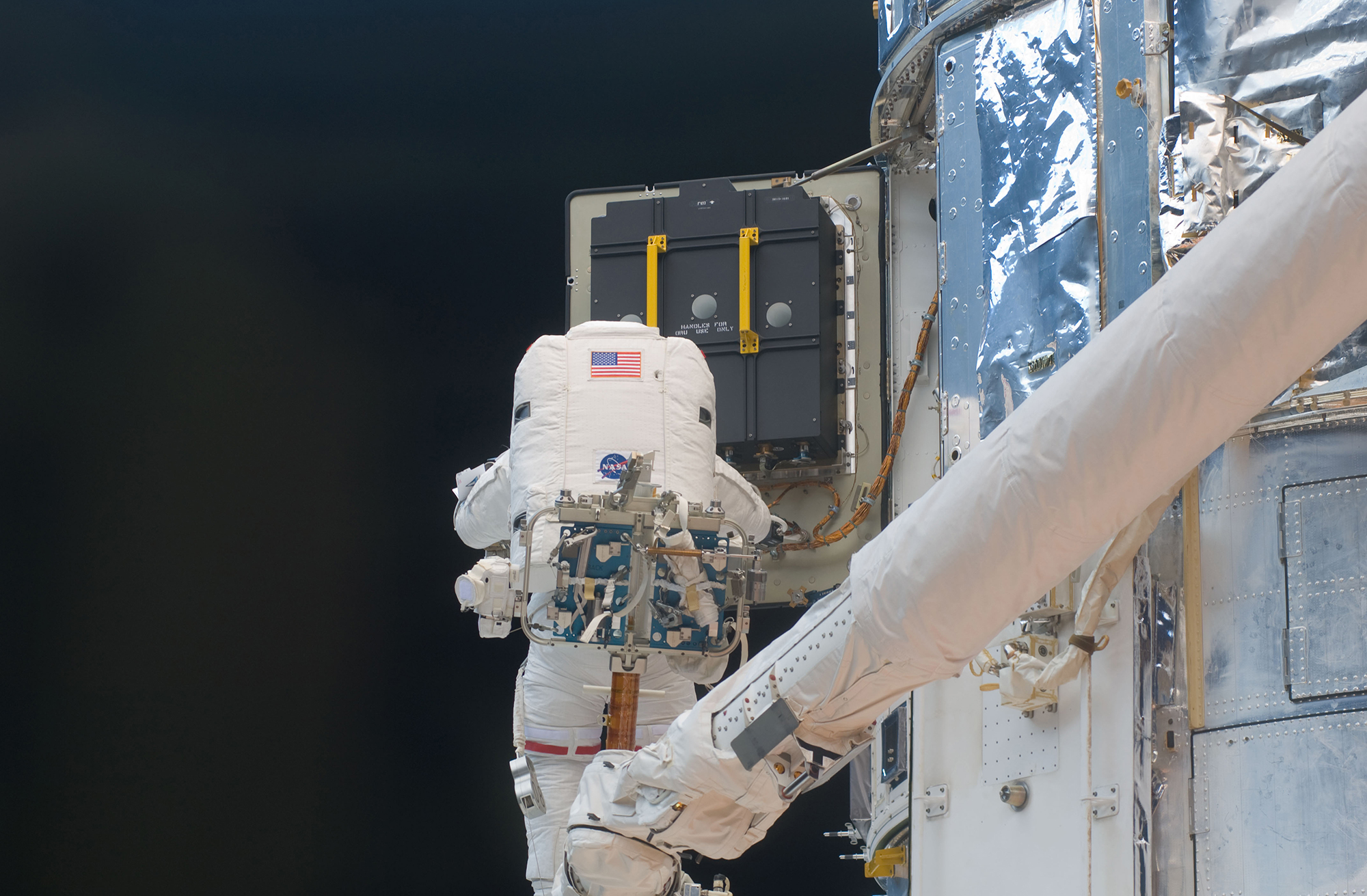
Hubble Battery Tech Holds Power on Earth
Subheadline
Nickel-hydrogen technology is safe, durable, and long-lasting – now it’s affordable too
Battery technology that has powered the International Space Station, the Hubble Space Telescope, and numerous satellites is now storing energy on Earth, enabling intermittent renewable energy sources to provide steady power.
The batteries are “crazy durable in every sense of the word,” said Jorg Heinemann, CEO of Fremont, California-based EnerVenue Inc., which was able to bring down the cost of the technology by removing the need for expensive platinum, making terrestrial applications more feasible.
“With our cost-saving innovations, we believe it’s the best battery for power plants, businesses, and homes,” he said.
Space Station Power
Nickel-hydrogen battery technology has been around for decades. These batteries were first developed in the 1970s, and in the 1980s they began replacing nickel-cadmium technology on geosynchronous communications satellites run by the global consortium Intelsat. They were attractive for space applications because they’re safe, reliable in extreme temperatures, and long-lived.
NASA first used nickel-hydrogen batteries in 1990 for the Hubble Space Telescope — the technology’s debut in low-Earth orbit on a major project. Hubble’s original power system included six 125-pound nickel-hydrogen batteries that went through thousands of charge-discharge cycles a year, drawing energy from the telescope’s solar panels when the Sun was in sight and expending that power in the eclipse.
The batteries were designed to operate for five years, but all were still working 19 years later, when astronauts replaced them with new, more efficient nickel-hydrogen batteries.
Meanwhile, the technology continued to fly on new missions.
“When the space station came along, we conducted trade studies on which energy storage system was the best to evaluate,” said Thomas Miller, an engineer at NASA’s Glenn Research Center in Cleveland who has worked on battery technologies for the space agency for more than 40 years.
Nickel-cadmium batteries and hydrogen-oxygen fuel cells were also considered for the space station power system, Miller said, in an analysis that examined reliability in extreme temperatures, cost with domestic suppliers, technology readiness, and longevity.
“The nickel-hydrogen batteries surpassed everything,” Miller said.
Six of them launched in 2000, powering the space station for more than 18 years before eventually being replaced by lithium-ion batteries.
“The nickel-hydrogen batteries were the primary energy storage coupled with the original solar arrays,” Miller said. “The power system was very robust. It was one of the most reliable subsystems on the International Space Station.”
Lowering the Cost
The batteries are heavy — don’t look for them in future cars or phones — but they are no longer prohibitively expensive. EnerVenue’s most significant improvement was to bring down the cost of making them.
Each nickel-hydrogen cell consists of a nickel cathode — the positive electrode — and a hydrogen-catalyzed anode, which typically uses expensive platinum. Charging the battery generates hydrogen inside the highly pressurized vessel, which then gets reabsorbed on discharge.
“You can think of it as storing energy in the form of hydrogen,” Heinemann said.
EnerVenue Chief Technology Advisor Dr. Yi Cui developed a technique to remove platinum from these batteries, dramatically reducing costs of technology that had grown more sophisticated over decades of NASA adapting it to high-level missions. Much of the groundwork for EnerVenue’s batteries was laid by NASA and described in papers published by Glenn, said Heinemann.
Lasting Forever
Although they are bigger and heavier than lithium-ion cells, the batteries provide more energy storage per square foot of floor space than alternatives, the company said. This is because they can be stacked higher without risking fire, even in extreme temperatures.
These batteries also don’t require energy-consuming temperature control or maintenance, and EnerVenue said its nickel-hydrogen batteries will work at nearly 90 percent capacity after 20 years.
“It basically lasts forever,” Heinemann said.
EnerVenue has an automated assembly line in Fremont and a much larger factory in the works in Kentucky. Heinemann said the company’s batteries are “basically sold out for the next five years,” primarily to large-scale utilities and renewable power plants that need to store energy generated by intermittent sources like solar and wind. And more than 20,000 of the batteries are already in operation, purchased for pilot projects in which both the site owners and EnerVenue are collecting performance data.
The company said it has about $500 million worth of purchase orders, plus another $1.3 billion worth of memoranda of understanding from large-scale customers, with a potential market of more than $8 billion in North America alone. It raised $125 million in a Series A funding round that closed in late 2021, and in June it announced it had raised more than half of another $515 million fundraising round.
“As long as it doesn’t move, we’ve got the best energy-storage answer,” Heinemann said, noting that the batteries’ longevity makes them a game changer, though their size and weight still make them inappropriate for cars and phones.
NASA’s Miller was optimistic about using this battery technology on Earth. “It’s a great concept,” he said. “I’m glad they were able to improve the cost of manufacturing.”
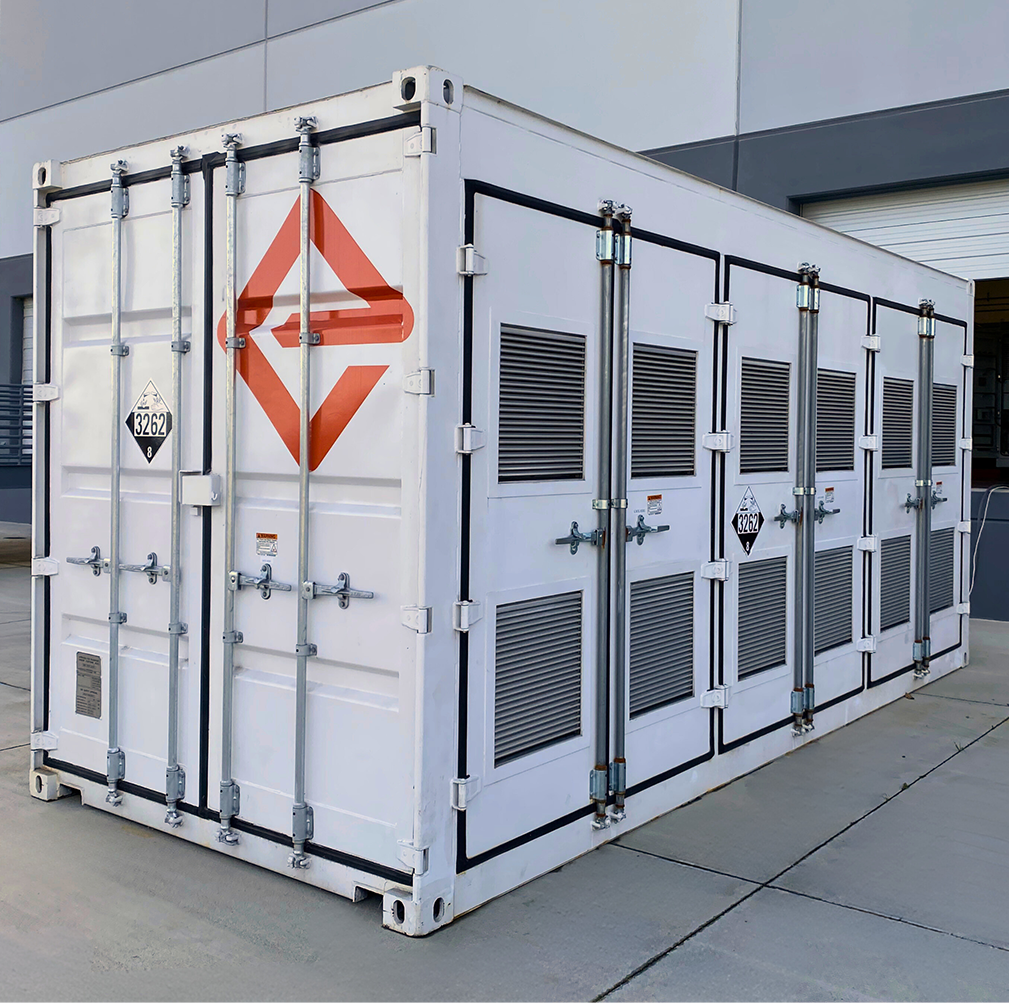
EnerVenue’s batteries don’t require energy-consuming temperature control or maintenance and can be stored anywhere, including in the company’s “EnerStation” battery station, pictured here. Credit: EnerVenue, Inc.
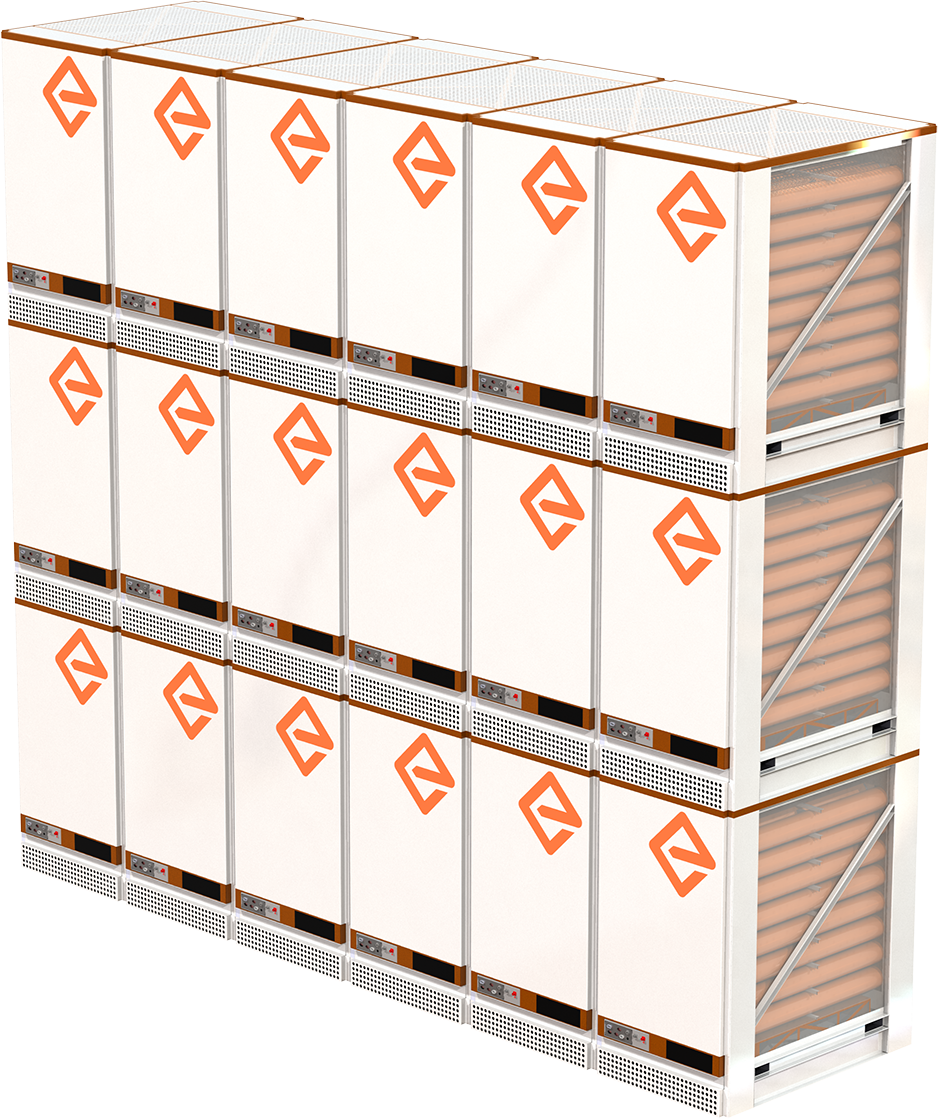
Nickel-hydrogen batteries can provide more energy storage per square foot of floor space than alternatives because they can be stacked higher without risking fire, even in extreme temperatures. Credit: EnerVenue Inc.
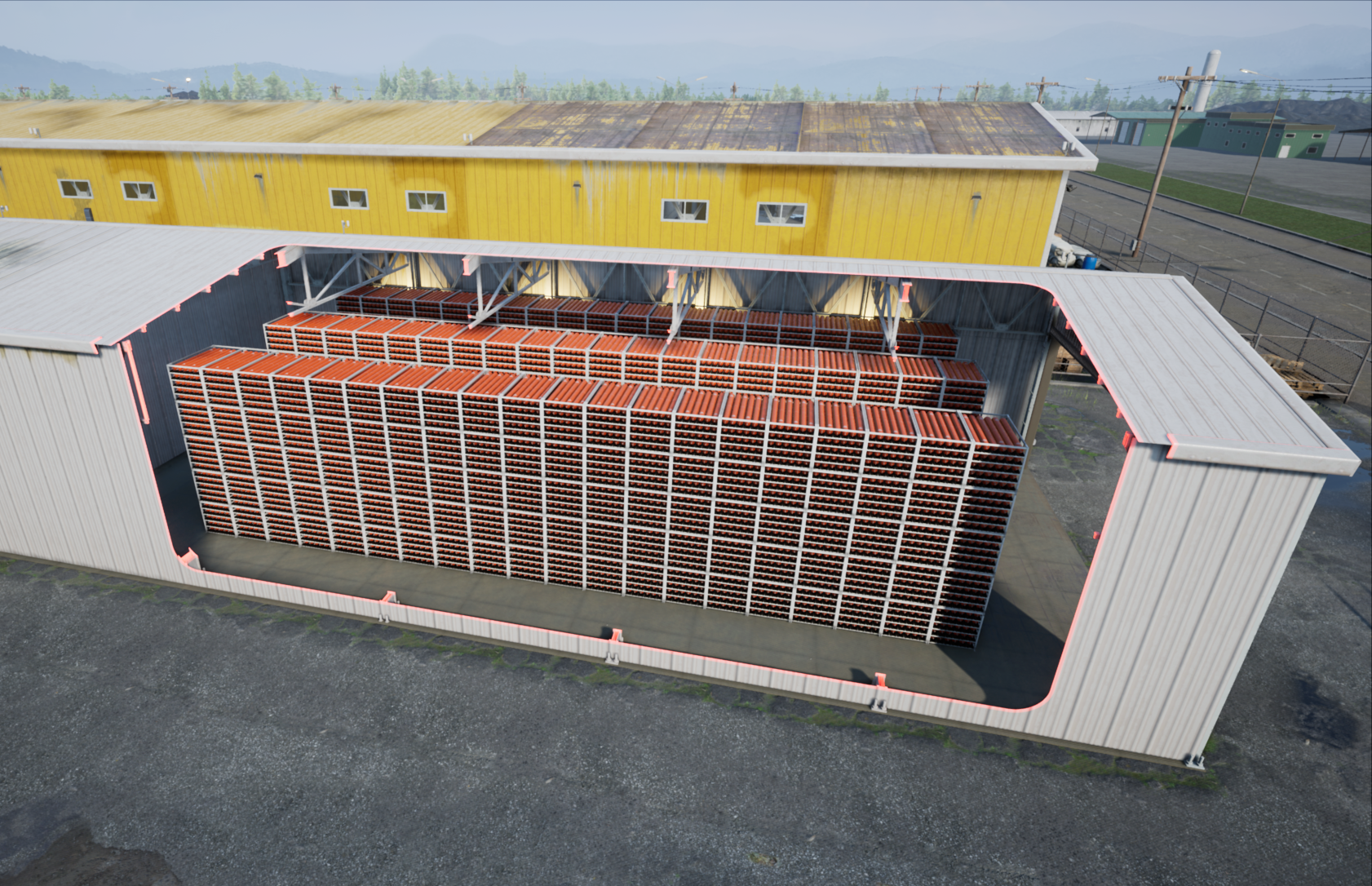
EnerVenue’s nickel-hydrogen batteries are ideal for stationary energy storage, where their safety, low maintenance, and longevity surpass their alternatives. Credit: EnerVenue Inc.
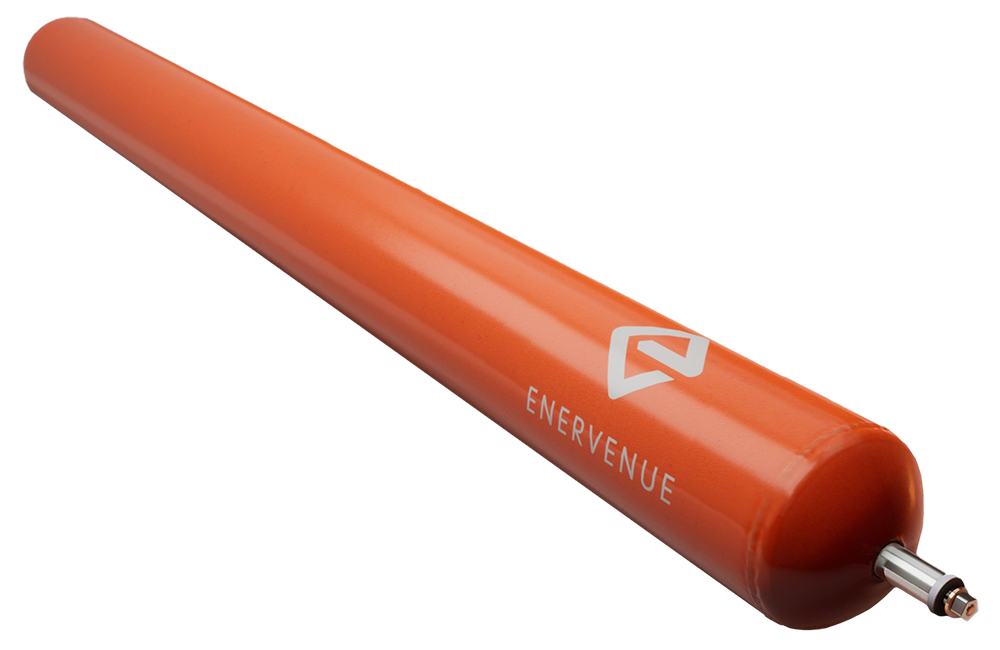
EnerVenue brought down the cost of nickel-hydrogen technology and encased it in safe, robust vessels, like the battery pictured here, ready to store renewable energy in a wide range of terrestrial situations. Credit: EnerVenue Inc.
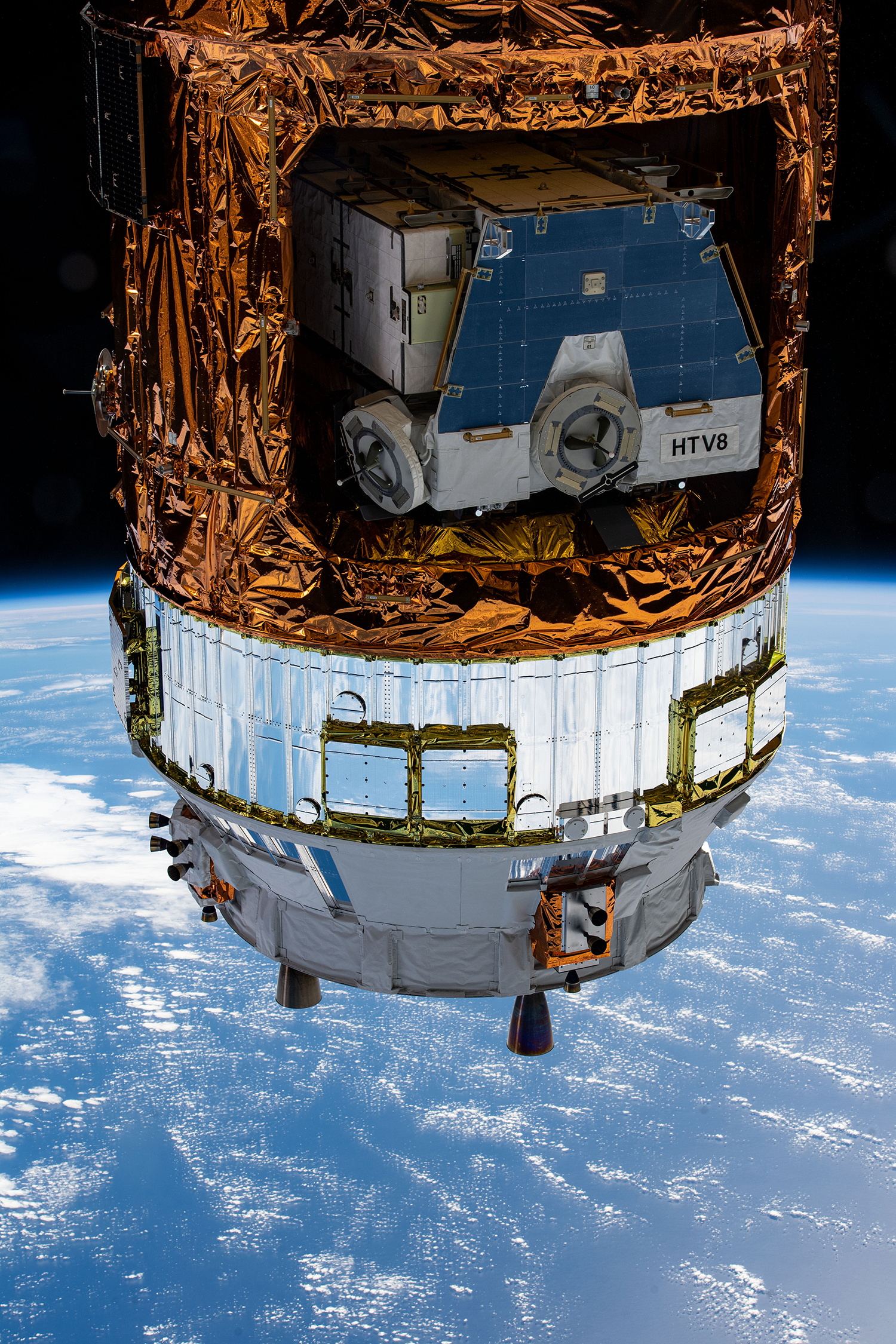
Nickel-hydrogen batteries were the primary energy storage for the International Space Station for more than 18 years before being replaced and, pictured here in 2020, returned to Earth. Credit: NASA

The Hubble Space Telescope’s original nickel-hydrogen batteries were designed to operate for five years but were still working after 19, when astronauts, including John Grunsfeld, pictured here, replaced them in 2009 with new, more efficient nickel-hydrogen batteries. Credit: NASA

